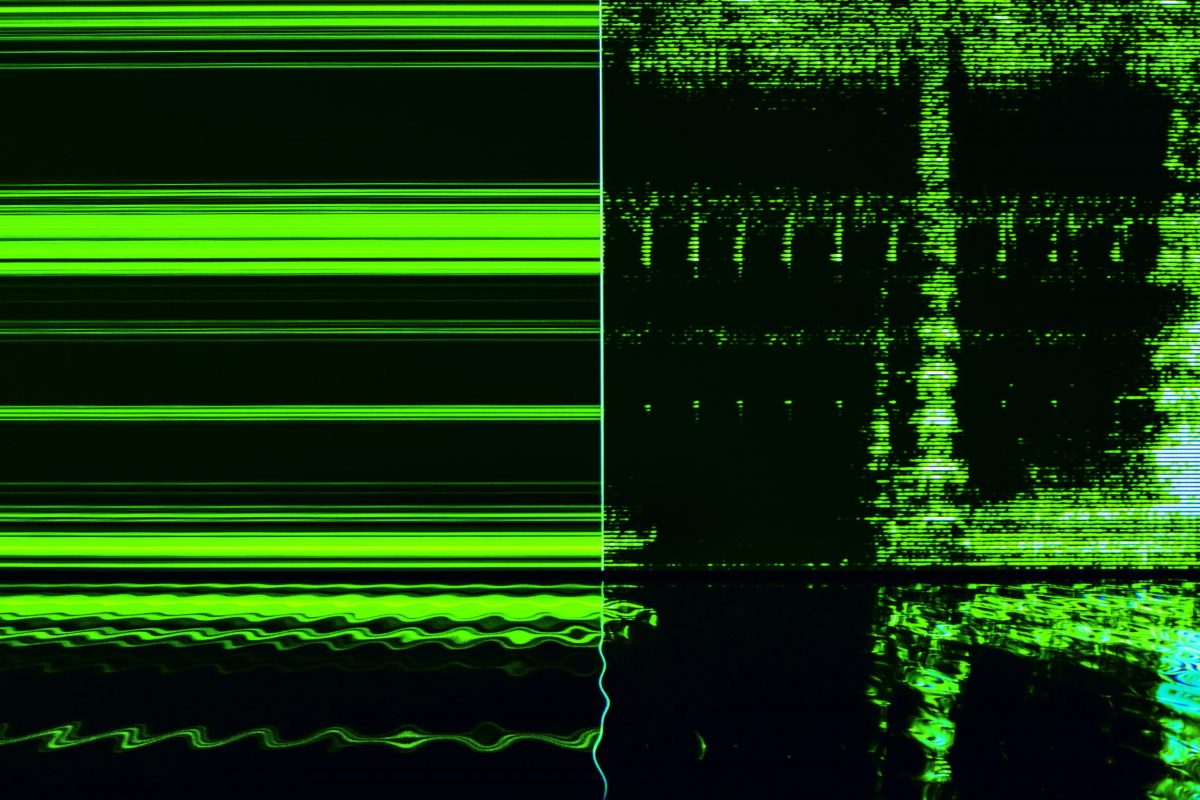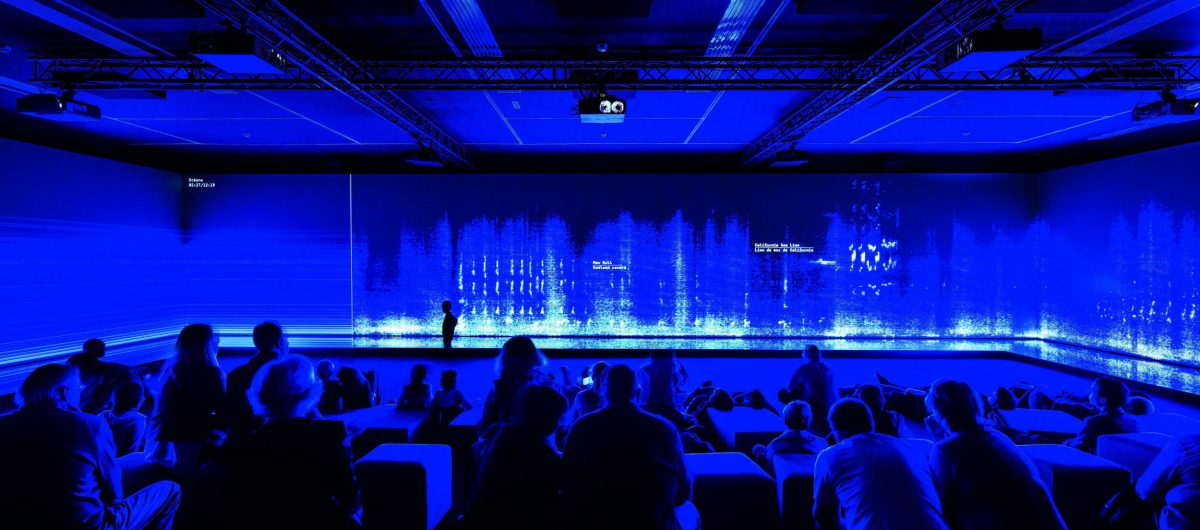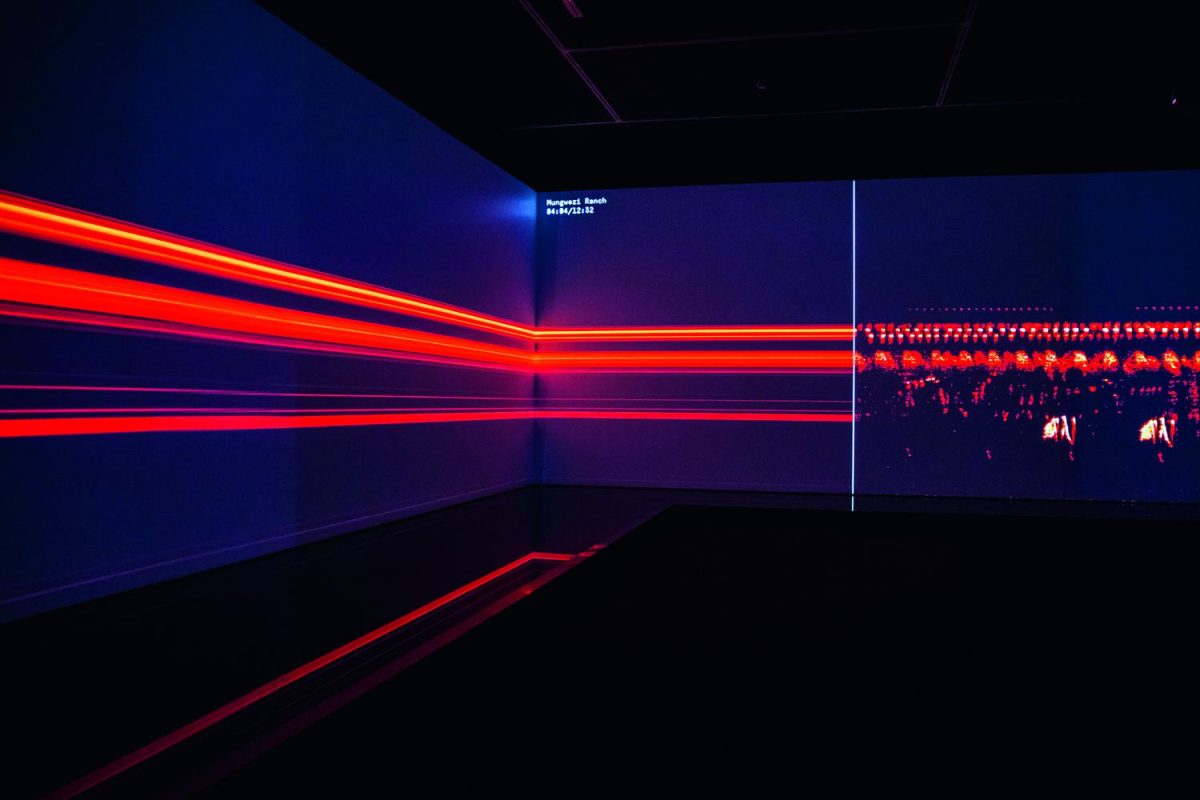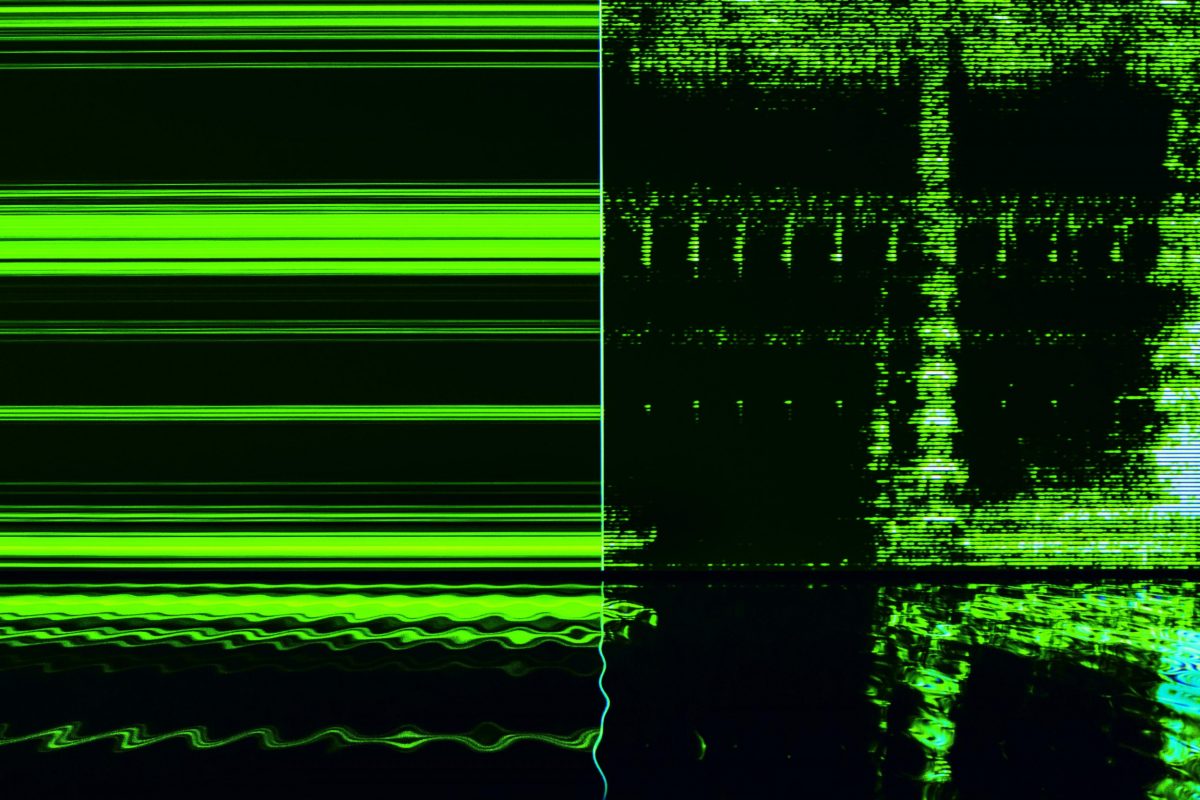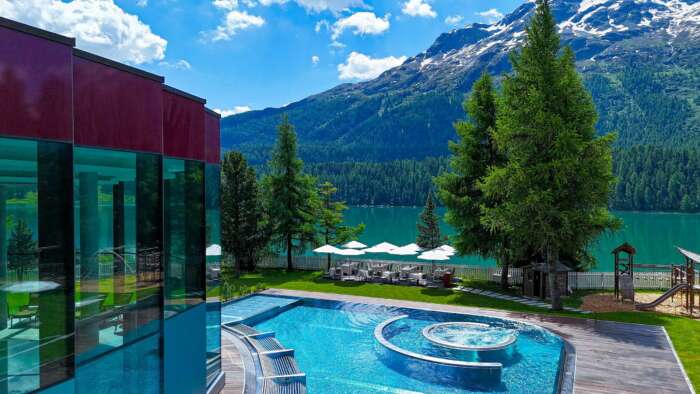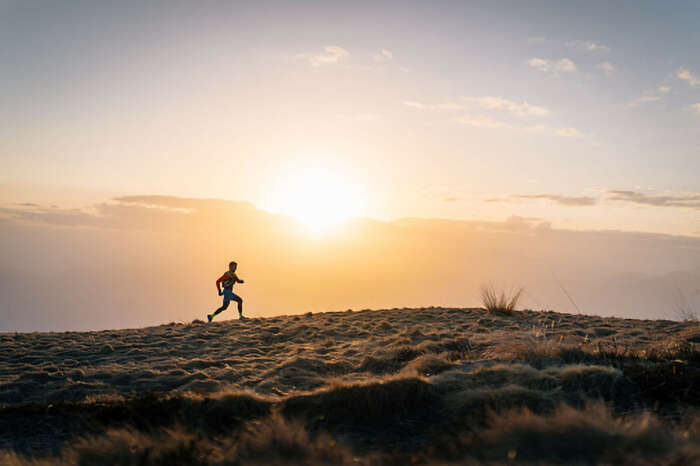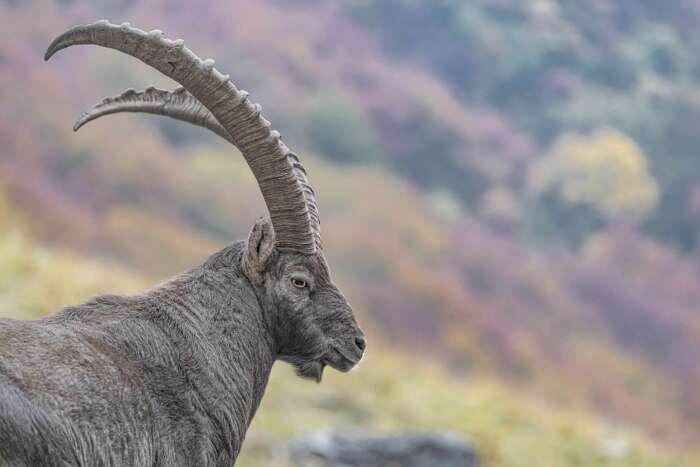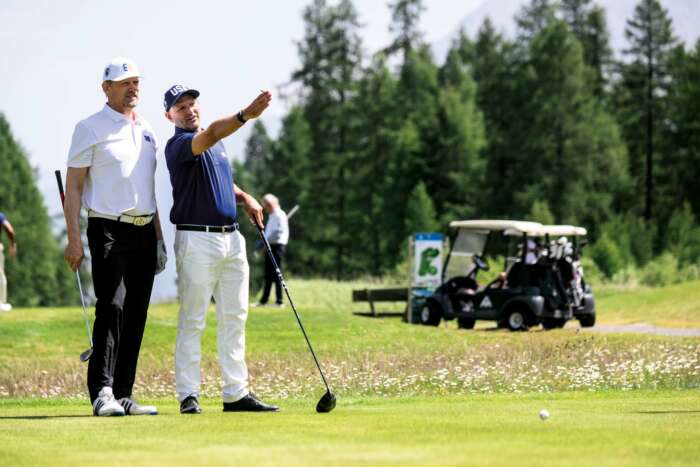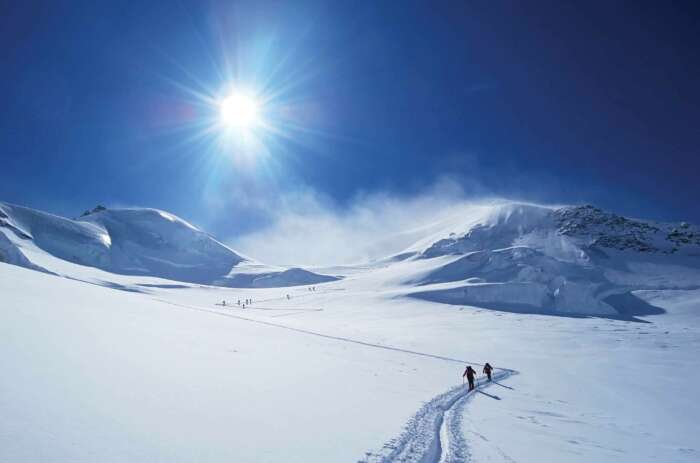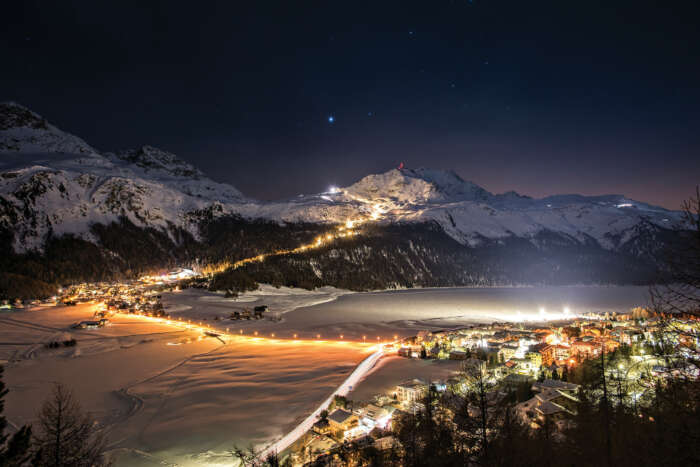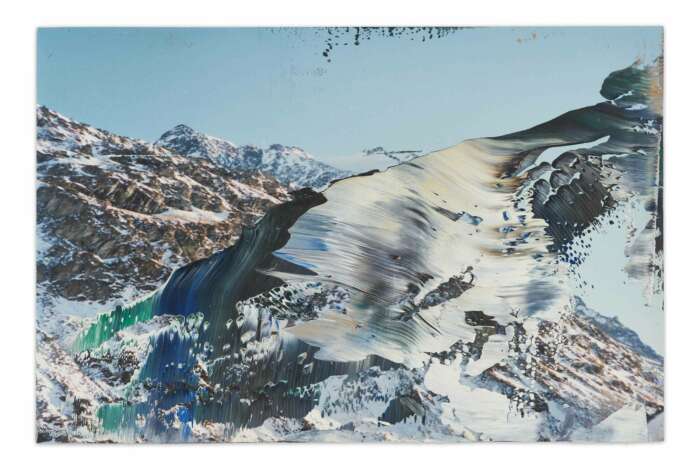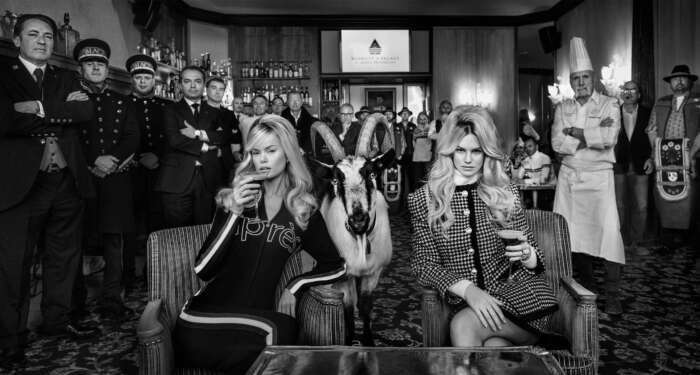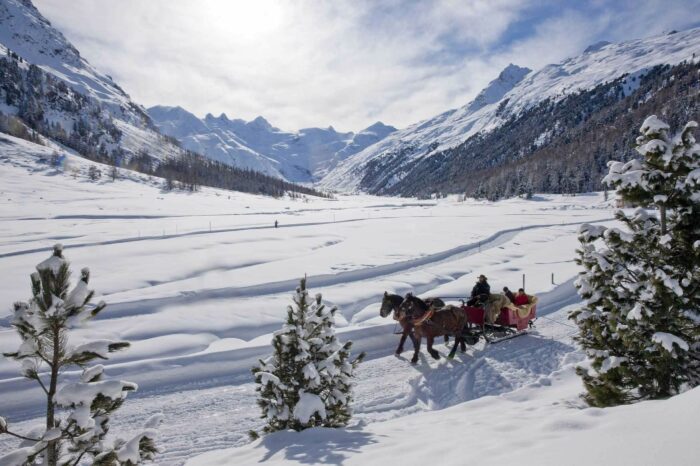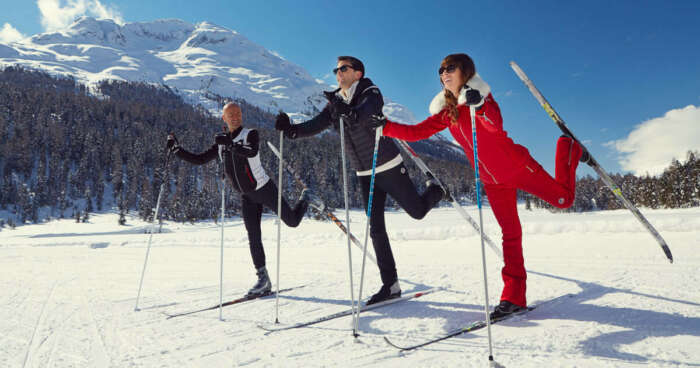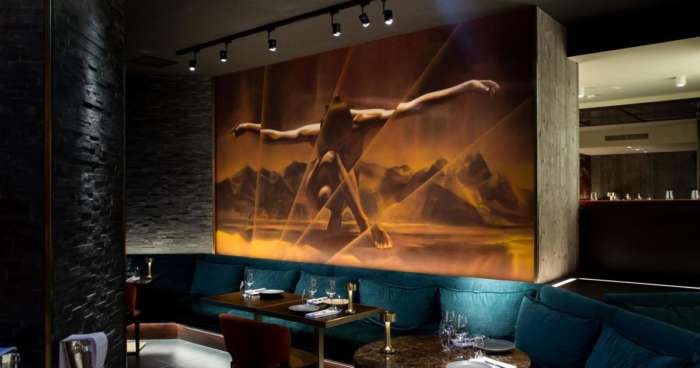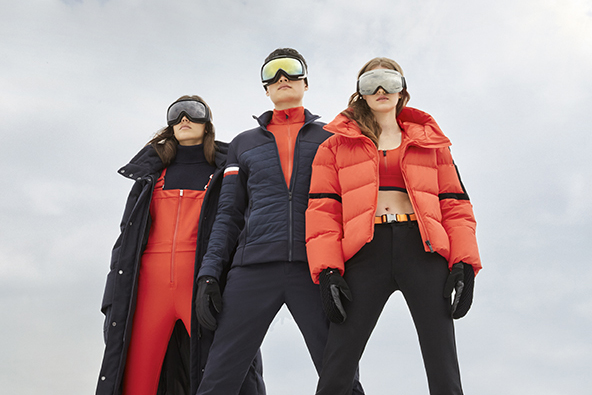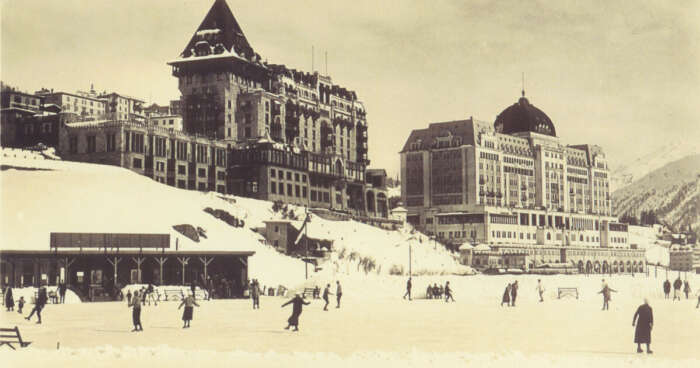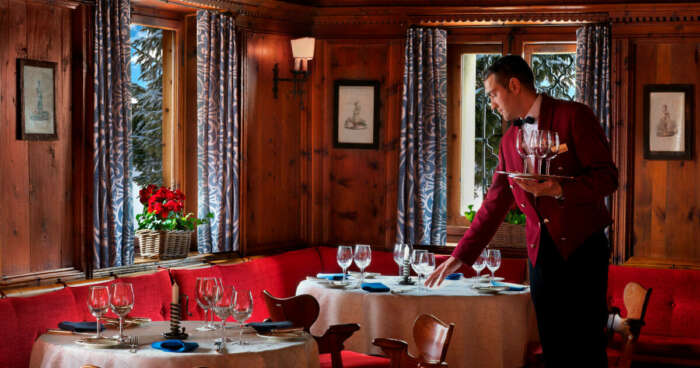The American composer and bioacoustician Bernie Krause was a young boy when he encountered the maxim that would come to define his life’s work. Growing up in the American Midwest in the 1940s and 1950s, he recalls mulling over one line in Antoine de Saint-Exupéry’s The Little Prince: “What is essential is invisible to the eye.”
This appreciation for a world beyond the purely visual informed Krause’s studies and stayed with him into adulthood. In his 20s, he teamed up with musician Paul Beaver to collaborate with musicians such as The Doors and Van Morrison, and they composed soundtracks for such iconic films such as Rosemary’s Baby and Apocalypse Now. When Warner Bros commissioned them to write their own album, In a Wild Sanctuary, Krause’s life changed forever; the impact of recording the sounds of parks and beaches in California can be felt in all of his subsequent work.
Recording the sound of nature
Since receiving his PhD in bioacoustics in 1981, Krause has been recording ecosystems in a race against the environmental threats facing the natural world. He tends to record alone, undistracted by the presence and noise of others, setting up his equipment and moving away from the recorder to wait for the wildlife to return to a state of equilibrium.
He now owns a collection of 5,000 hours of sound, incorporating almost 15,000 different species. Sadly, 50 per cent of the wild habitats he has captured no longer exist. His biophonic research now serves partly as a time-travelling tool for those wishing to hear how vanishing environments once sounded.
Immersive experience
Krause’s mesmerising soundscape can be experienced as part of an immersive installation, The Great Animal Orchestra. Commissioned by Fondation Cartier pour l’Art Contemporain, a Paris-based organisation created by Cartier to support contemporary art, it features his sounds alongside graphic spectrograms that evoke the environments where he recorded the original sounds.
Debuting in Paris in 2016 before travelling to Seoul, Shanghai and Milan, The Great Animal Orchestra was in London in November 2019 as part of Other Spaces, a collection of three installations by UK-based collective United Visual Artists (UVA), founded in 2003 with the aim of combining new technologies with traditional media. UVA’s founder Matthew Clark was captivated by Krause’s recordings when the collaboration was suggested by Fondation Cartier pour l’Art Contemporain.
“I thought it would be interesting to create an environment that immersed the audience visually, in a similar way that his sound work does,” Clark explains. “I wanted to create something that was reminiscent of a natural landscape but that also reflected the information that Bernie communicates through his recordings.”
The result was a software algorithm that visualises what the audience hears in real time. “Bernie didn’t really want us to subvert his work too much, and we also didn’t want to create something you would see in a science museum,” Clark says. “I wanted to create a work that allowed people to meditate on his work and create a space for contemplation.”
It’s an experience for the ears first and the eyes second; a place to hear and reflect on all that is lost
This touring auditory enclave is a suitable home for what Krause once described as occupying “the foremost rank on the list of the world’s treasures”. In our image-obsessed culture, it’s an experience for the ears first and the eyes second; a place to hear and reflect on all that is lost. And why not? As Krause often tells his students: “While a picture may be worth a thousand words, a wild soundscape is worth a thousand pictures.”
For details of The Great Animal Orchestra tour dates and Fondation Cartier pour l’Art Contemporain’s other work, visit legrandorchestredesanimaux.com and fondationcartier.com
